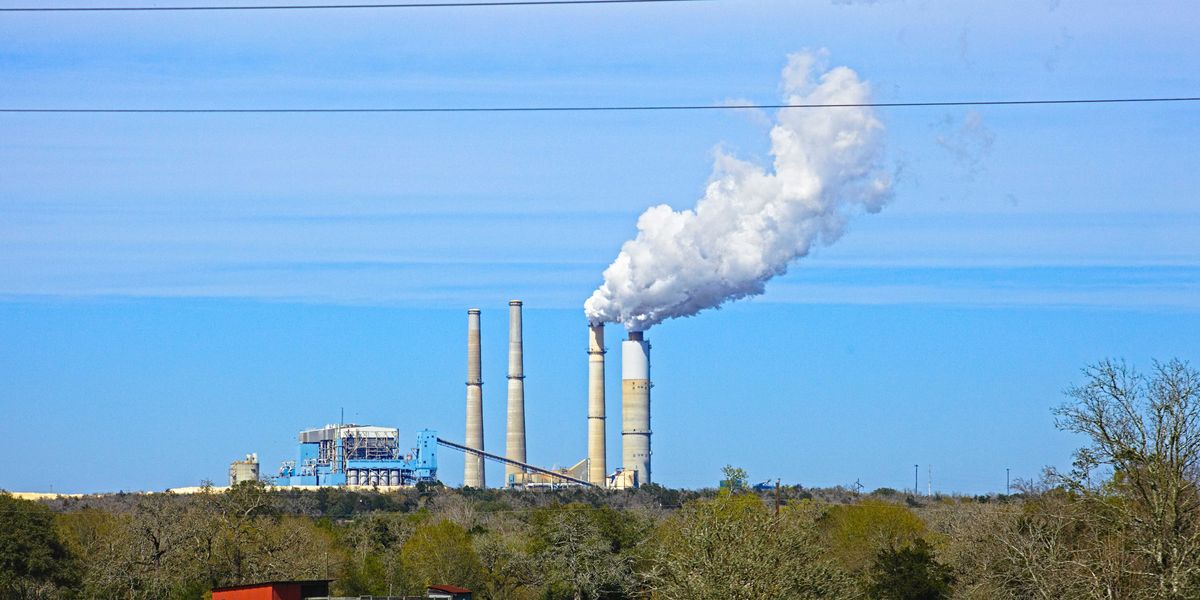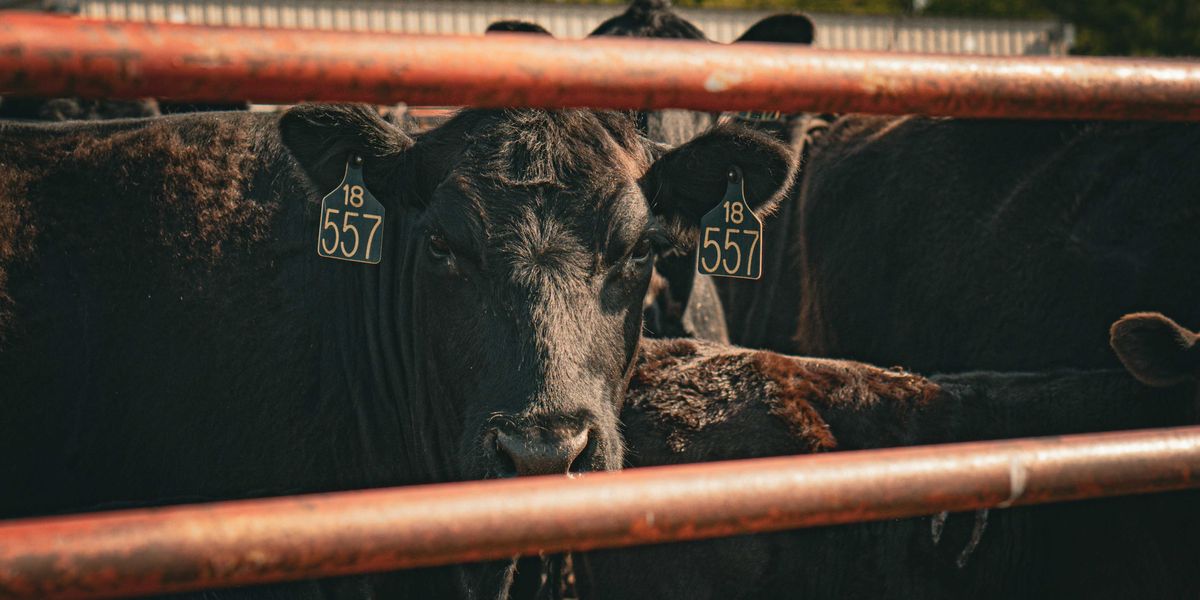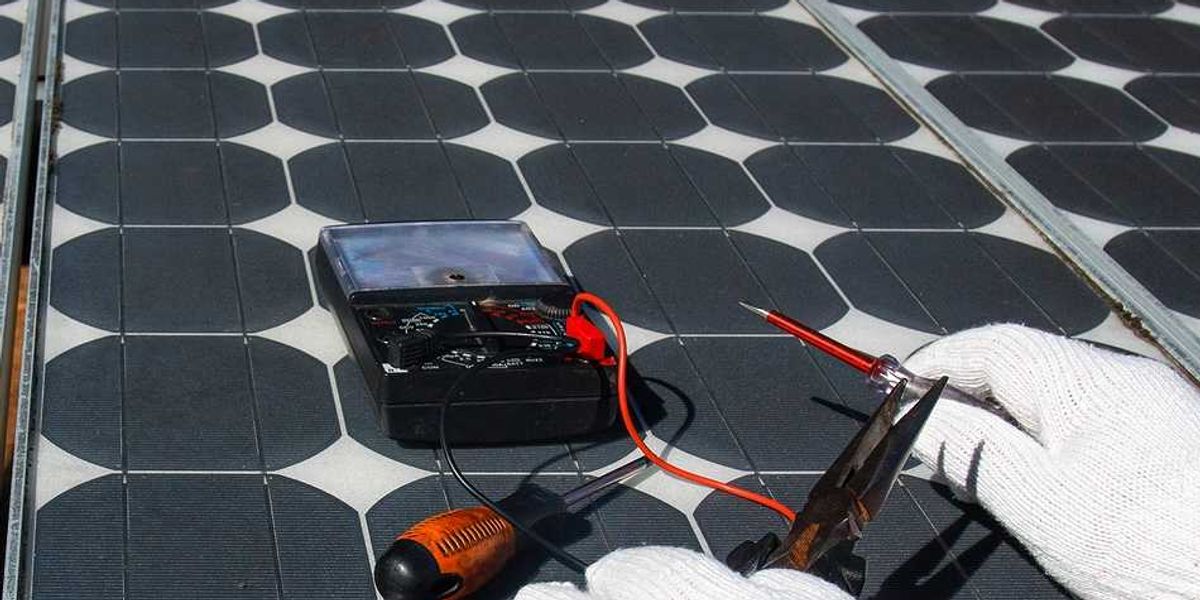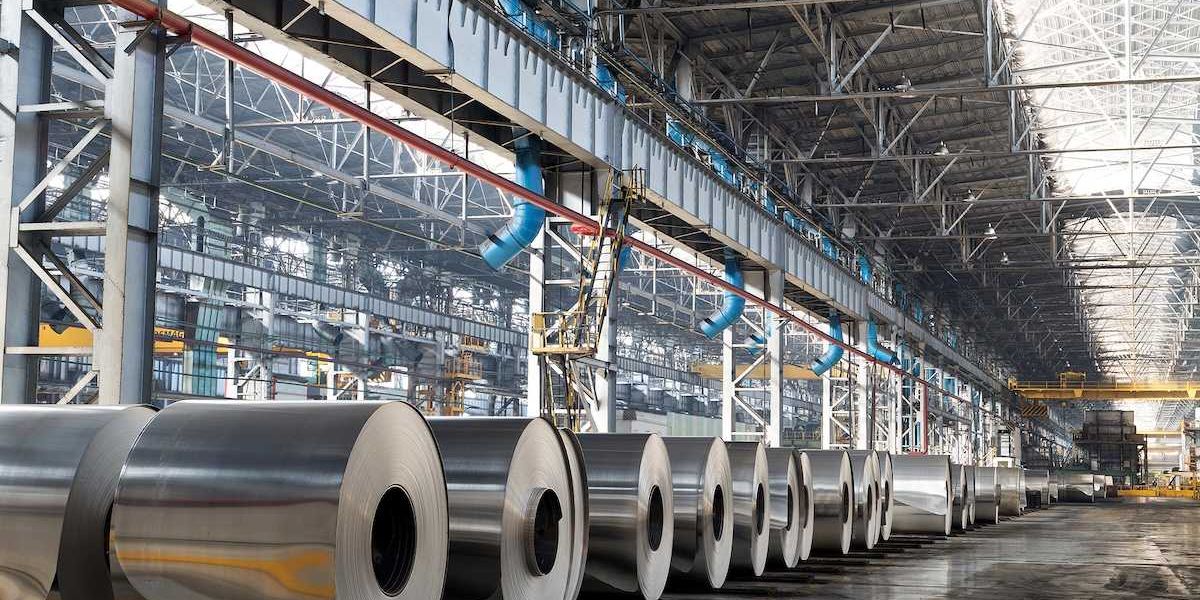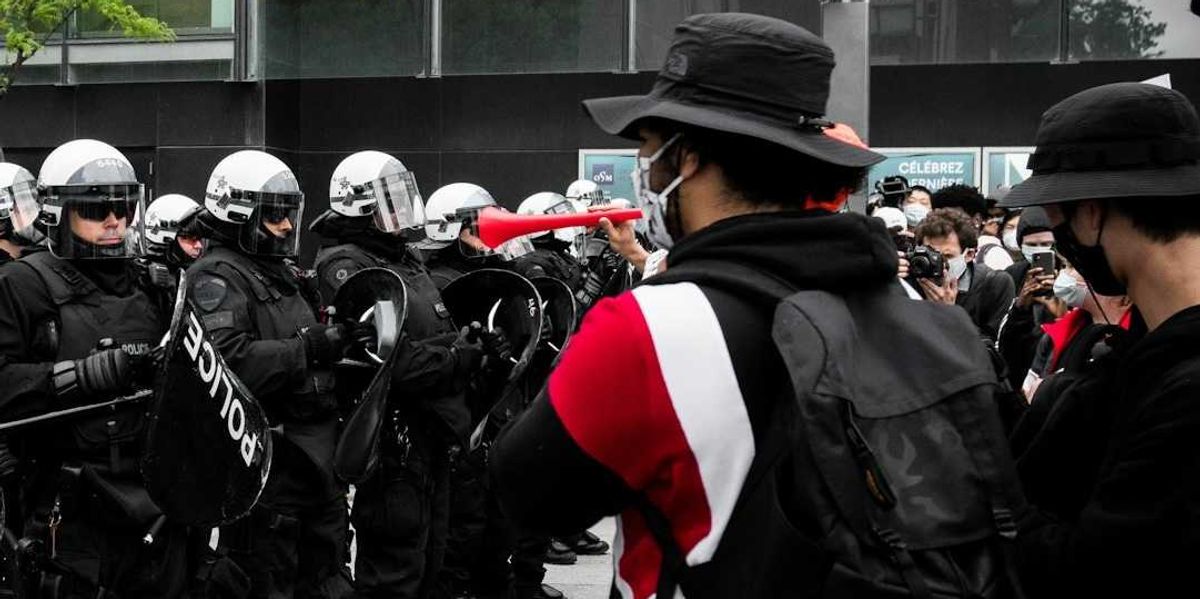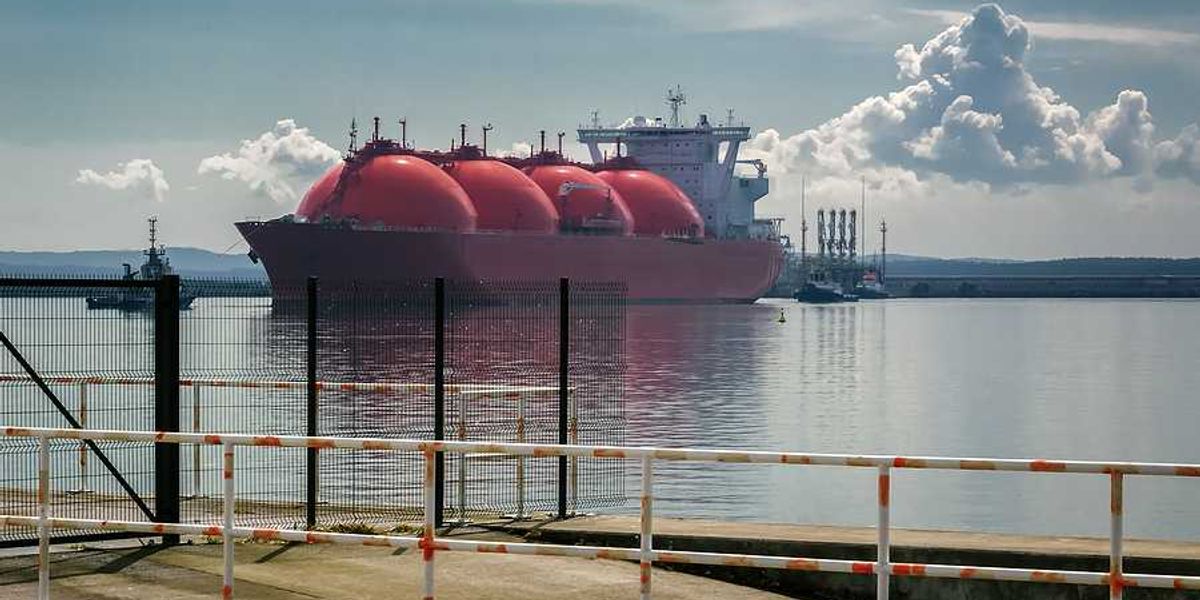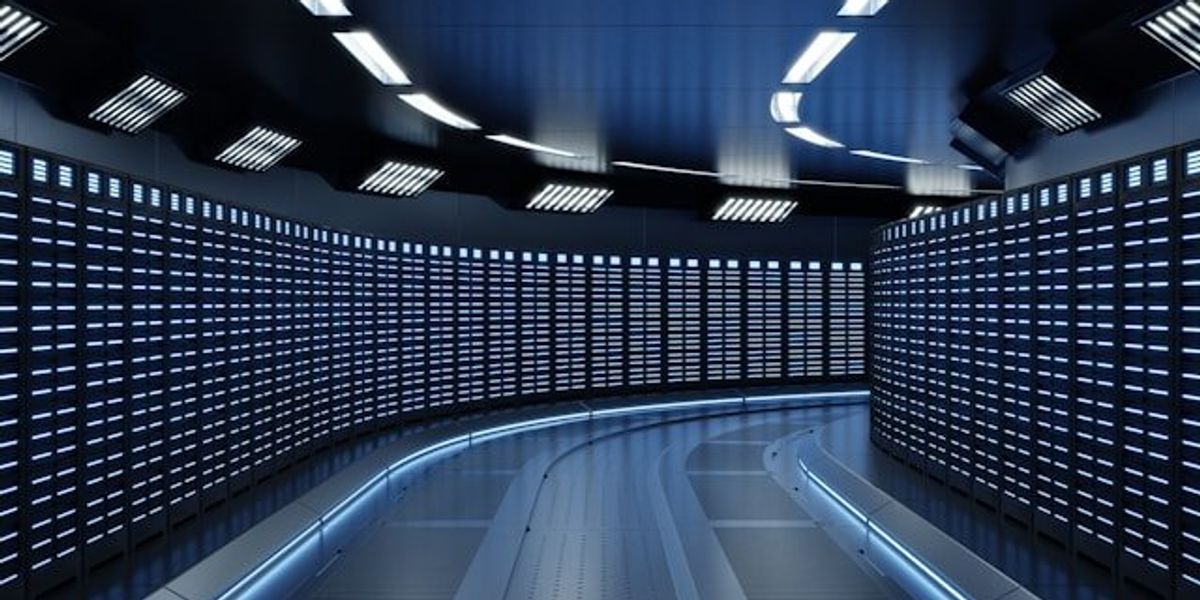Karachi workers battle rising heat with little relief or support
A ride-hailing driver in Karachi navigates brutal summer temperatures, power outages and economic hardship in a city increasingly unlivable due to climate change and poor infrastructure.
Zia ur-Rehman reports for The New York Times.
In short:
- Karachi, Pakistan’s largest city, faces severe and worsening heat due to climate change, with summer temperatures frequently exceeding 104°F and the heat index reaching 115°F.
- Most residents, like motorcycle driver Shahbaz Ali, live in overcrowded, poorly ventilated housing with limited access to cooling, clean water or reliable electricity, making daily survival a physical and financial burden.
- The city’s urban design and rapid infrastructure development have intensified the urban heat island effect, while government responses remain limited amid broader political and economic turmoil.
Key quote:
“We are enduring, not living anymore.”
— Shahbaz Ali, ride-hailing driver
Why this matters:
Extreme heat is becoming one of the deadliest climate risks, especially in cities like Karachi where poverty, poor infrastructure, and limited governance converge. When nighttime temperatures no longer drop, the human body struggles to recover, putting outdoor workers at high risk for heatstroke and cardiovascular stress. Lack of air conditioning or even fans — due to frequent power cuts — further compounds the problem, especially for children and the elderly. Heat also worsens air pollution and depletes water resources, driving public unrest. As cities grow and climate change accelerates, urban heat islands will become more severe unless addressed. Karachi offers a glimpse into that future.
Related: Most climate disaster deaths in Pakistan go uncounted as heat and floods strain health care

